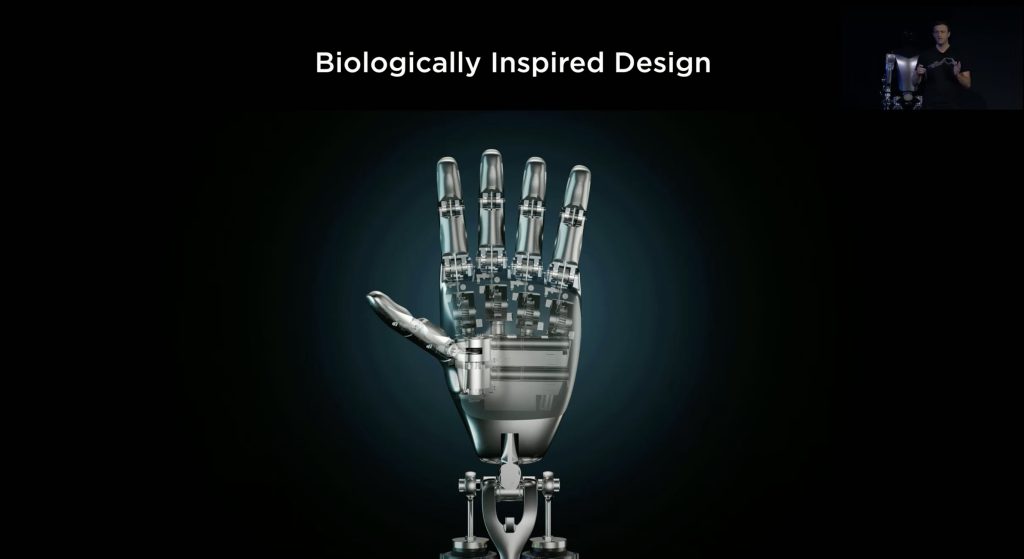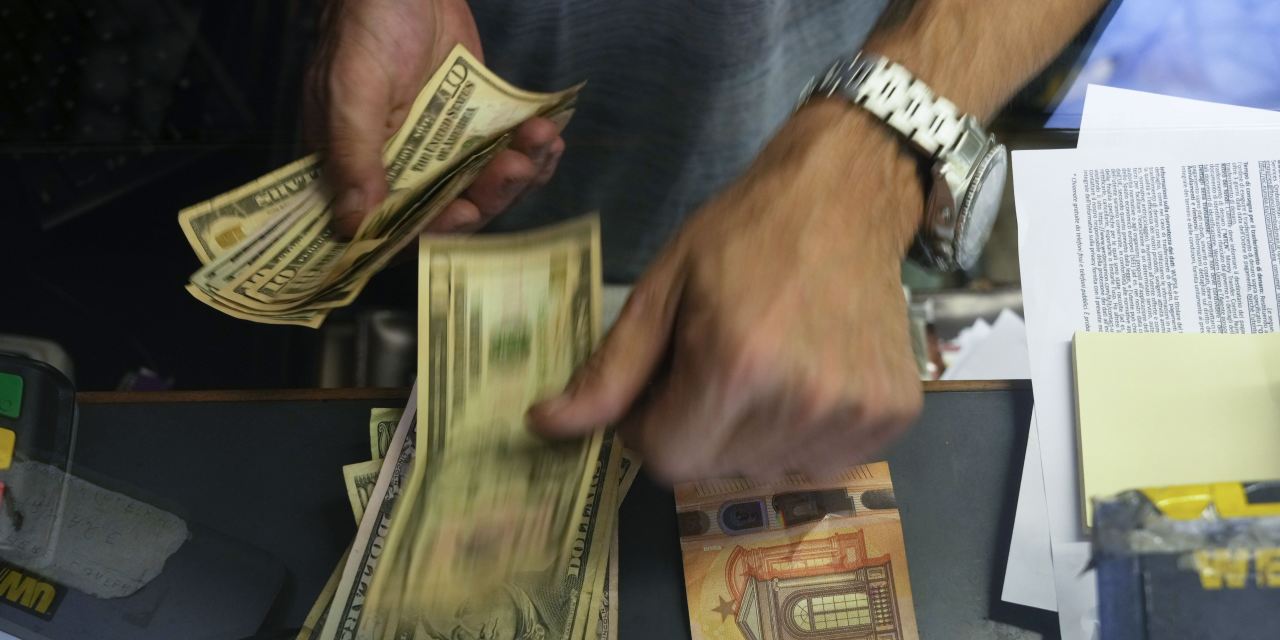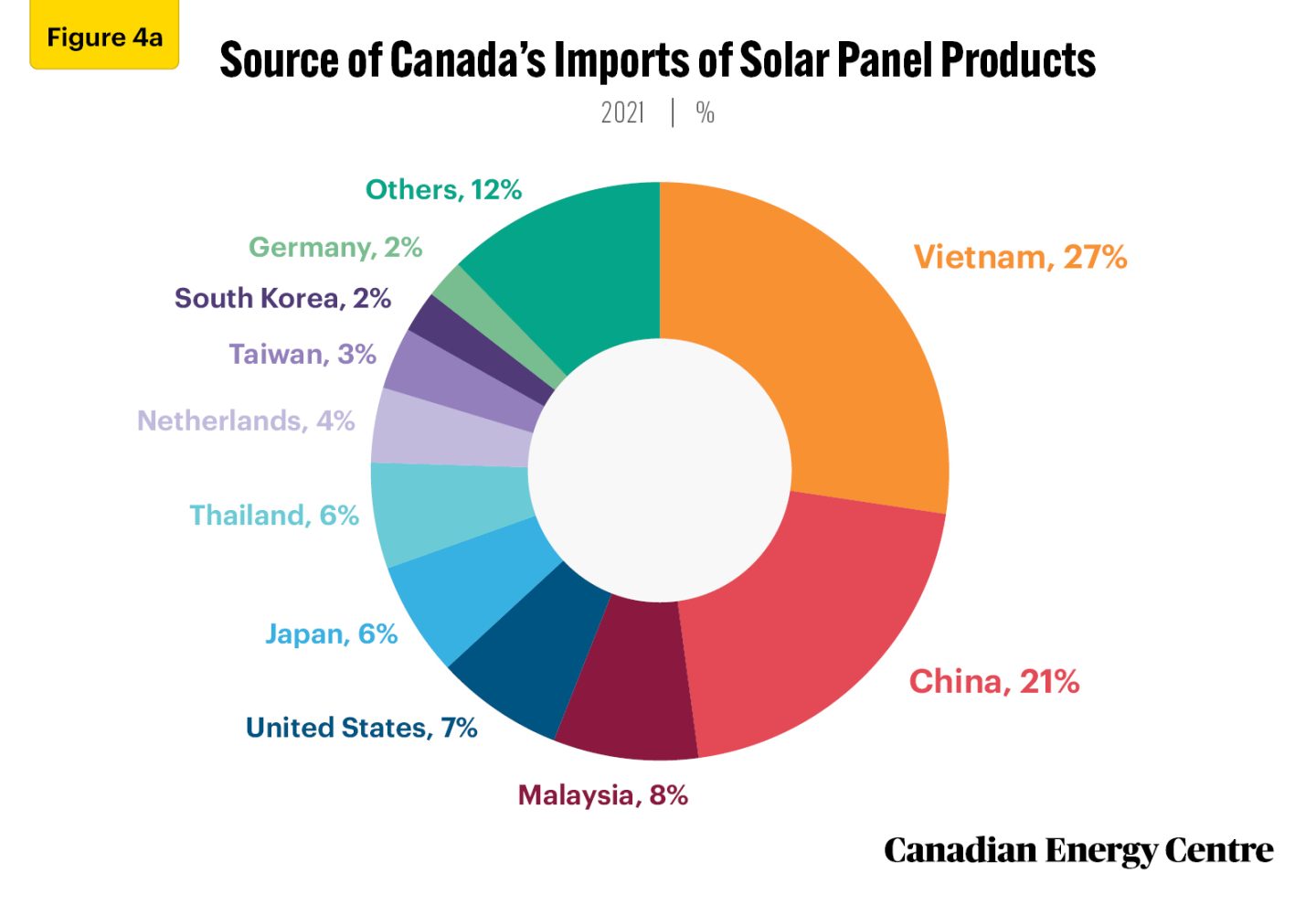Optimus Robot Production: Tesla's Challenges Amidst China's Rare Earth Policies

Table of Contents
China's Control Over Rare Earth Elements and its Implications for Optimus Robot Production
China's near-monopoly on rare earth elements (REEs) presents a major hurdle for Tesla's Optimus robot production. These elements are not rare in the Earth's crust, but their extraction and processing are complex, energy-intensive, and often environmentally damaging. China has heavily invested in this sector, controlling a vast majority of the global supply.
The Critical Role of Rare Earths in Robotics
Optimus robots, like many advanced technologies, rely heavily on REEs. These elements are crucial for:
- Powerful motors: Neodymium magnets, made with rare earth elements like neodymium, praseodymium, and dysprosium, are essential for creating the high-torque, high-efficiency motors that power Optimus's movements.
- High-precision sensors: Rare earth elements are integral components in many sensors used for navigation, object recognition, and environmental awareness. These sensors are vital for Optimus's ability to interact with its surroundings.
- Electronics and control systems: Various rare earth elements are used in electronic components throughout the robot's control systems, contributing to its overall functionality and performance.
The unique magnetic, electrical, and catalytic properties of rare earths make them indispensable for these applications. There are no easy substitutes, highlighting the critical nature of this supply chain vulnerability.
China's Export Policies and Their Impact on Tesla's Supply Chain
China's control over REE production translates to significant leverage over global supply. The potential for export restrictions, quotas, or price manipulation poses a major threat to Tesla's production stability. Geopolitical tensions between the US and China further exacerbate this risk, potentially disrupting supply chains and impacting manufacturing timelines.
- Export restrictions: China could restrict exports of specific REEs, forcing Tesla to scramble for alternative sources.
- Price manipulation: China could artificially inflate prices, increasing production costs for Tesla and potentially impacting its profitability.
- Trade disputes: Escalating trade tensions could further complicate the supply chain, leading to delays and uncertainty.
Tesla is exploring alternative sourcing strategies, but these face considerable challenges. Finding reliable and ethically sourced alternatives requires substantial investment and time.
The Environmental Concerns Associated with Rare Earth Mining
The environmental impact of rare earth mining and processing is significant. These processes often involve large-scale land disturbance, water pollution, and the release of harmful chemicals. Growing global awareness of these environmental consequences is leading to stricter regulations, which could further restrict supply and drive up prices.
- Stricter environmental regulations: Governments are increasingly implementing stricter environmental standards for rare earth mining, potentially limiting production.
- Sustainable sourcing: Tesla and other companies are under pressure to adopt sustainable sourcing practices, which can be challenging and expensive.
Tesla's Strategies to Mitigate Rare Earth Dependence in Optimus Robot Production
Tesla is aware of the risks and is actively pursuing strategies to mitigate its reliance on Chinese rare earths.
Diversification of Supply Chains
Tesla is likely exploring alternative sources for REEs, including countries like Australia, Canada, and Vietnam. However, establishing reliable alternative supply chains is a complex and long-term undertaking. It involves significant investment in infrastructure, transportation logistics, and potentially new partnerships with mining companies in these regions.
- Geopolitical considerations: Diversifying supply chains introduces its own set of geopolitical risks, depending on the chosen countries and their political relationships.
- Cost implications: Sourcing REEs from different regions will likely increase costs compared to relying solely on China.
Technological Innovation and Material Substitution
Tesla's R&D efforts likely include exploring alternative materials and technologies that reduce or eliminate the need for rare earths. This is a high-risk, high-reward strategy with long-term potential but uncertain short-term outcomes.
- Material substitution: Researchers are exploring alternative magnet materials and sensor technologies that lessen or eliminate the dependence on REEs.
- Technological breakthroughs: Revolutionary advancements in robotics could potentially reduce the overall need for certain REE-dependent components.
Strategic Partnerships and Investments
Tesla might forge strategic partnerships with mining companies or technology firms specializing in REE extraction, processing, or alternative materials. This could involve investments in mining operations or processing facilities outside of China to secure a more reliable and diversified supply.
- Investment risks: Investing in mining operations carries inherent risks, including fluctuating commodity prices and environmental concerns.
- Technological collaborations: Partnerships with technology firms specializing in REE-reduction technologies could offer a pathway to long-term independence.
Geopolitical Risks and Future Outlook for Optimus Robot Production
The geopolitical landscape significantly impacts Tesla's ability to produce Optimus robots.
The Impact of US-China Relations
The ongoing geopolitical tensions between the US and China could significantly disrupt Tesla's supply chains. Trade wars, sanctions, and diplomatic disputes could all lead to interruptions in REE supply, impacting production and potentially increasing costs. The long-term implication could be a shift towards regionalized production hubs, reducing reliance on global supply chains.
- Trade restrictions: Imposition of tariffs or trade restrictions could drastically increase the cost of REEs.
- Sanctions: Sanctions imposed on Chinese companies could disrupt the flow of REEs to Tesla.
The Future of Rare Earth Markets and their Impact on Robotics
The future of REE markets is uncertain. Demand is expected to continue to grow with the rise of electric vehicles, renewable energy technologies, and robotics. However, technological advancements could lessen the dependence on REEs over time, opening up new opportunities for the robotics industry.
- Supply chain resilience: Building resilient and diversified supply chains is crucial for the future of robotics.
- Technological innovation: Continued investment in research and development will be key to mitigating future REE supply risks.
Conclusion
Tesla's Optimus robot production faces significant challenges due to China's dominance in the rare earth market. Securing a stable and reliable supply chain requires a multifaceted approach encompassing diversified sourcing strategies, technological innovation in material substitution, and strategic partnerships to navigate complex geopolitical realities. The future success of Optimus and the broader field of humanoid robotics hinges on successfully addressing these critical supply chain vulnerabilities. Stay informed about the evolving landscape of rare earth element policies and their impact on the future of Optimus robot production and the broader robotics industry. Continue to follow developments in Tesla's efforts to overcome these challenges and achieve its ambitious goals in the field of humanoid robotics.

Featured Posts
-
 Usd Strengthens Against Major Currencies As Trump Tones Down Fed Criticism
Apr 24, 2025
Usd Strengthens Against Major Currencies As Trump Tones Down Fed Criticism
Apr 24, 2025 -
 Nba
Apr 24, 2025
Nba
Apr 24, 2025 -
 Nbas Ja Morant Investigation A Deeper Look At The Allegations
Apr 24, 2025
Nbas Ja Morant Investigation A Deeper Look At The Allegations
Apr 24, 2025 -
 Quentin Tarantino Zasto Je Odbio Gledati Film S Johnom Travoltom
Apr 24, 2025
Quentin Tarantino Zasto Je Odbio Gledati Film S Johnom Travoltom
Apr 24, 2025 -
 Us Canada Trade Tensions Canadian Auto Dealers Strategic Five Point Plan
Apr 24, 2025
Us Canada Trade Tensions Canadian Auto Dealers Strategic Five Point Plan
Apr 24, 2025
Latest Posts
-
 Le Divorce D Eric Antoine Et L Arrivee De Son Bebe
May 12, 2025
Le Divorce D Eric Antoine Et L Arrivee De Son Bebe
May 12, 2025 -
 Eric Antoine Nouveau Chapitre Apres La Separation Un Bebe Avec Sa Nouvelle Compagne
May 12, 2025
Eric Antoine Nouveau Chapitre Apres La Separation Un Bebe Avec Sa Nouvelle Compagne
May 12, 2025 -
 Eric Antoine Vie Privee Apres Le Divorce Et Naissance De Son Enfant
May 12, 2025
Eric Antoine Vie Privee Apres Le Divorce Et Naissance De Son Enfant
May 12, 2025 -
 Jean Luc Delarue Antoine Dulery Revele Une Rencontre Desagreable
May 12, 2025
Jean Luc Delarue Antoine Dulery Revele Une Rencontre Desagreable
May 12, 2025 -
 Bilan D Audience La Roue De La Fortune D Eric Antoine Sur M6 Apres 3 Mois
May 12, 2025
Bilan D Audience La Roue De La Fortune D Eric Antoine Sur M6 Apres 3 Mois
May 12, 2025
